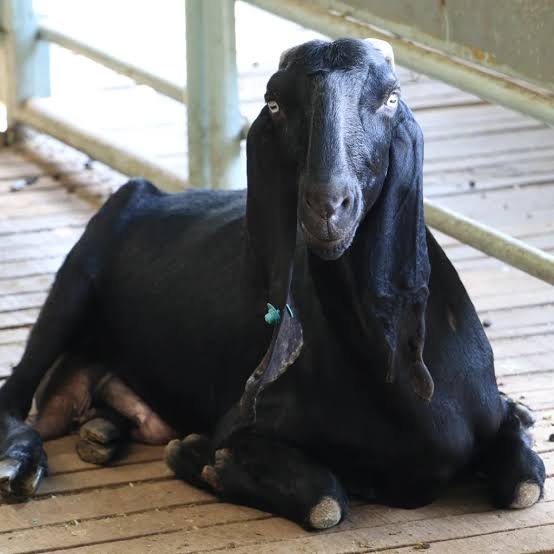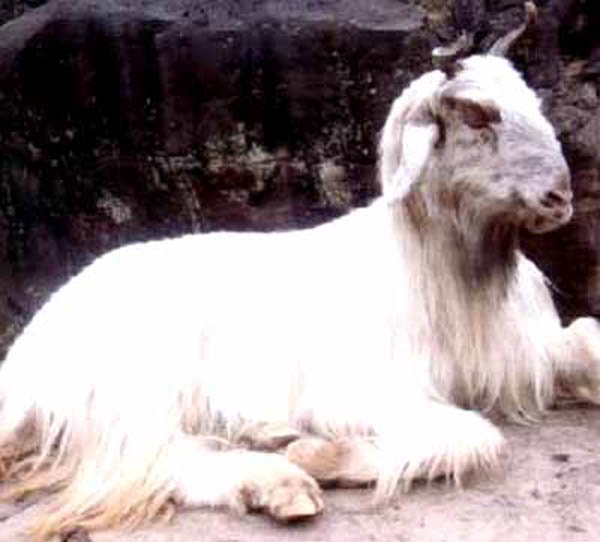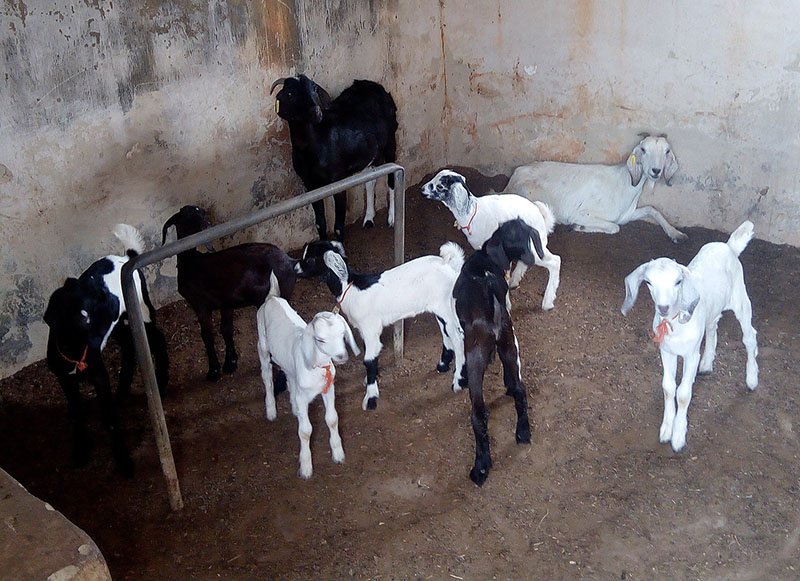Your cart is currently empty!

Discovering Rare Goat Breeds: Beyond the Damascus
From curly-horned curiosities to ancient heritage treasures, here are 10 rare goat breeds that are as fascinating as they are important.
Introduction
When most people picture goats, they imagine common breeds like Nubians or Boers. But the world of goats is full of unusual, endangered, and region-specific breeds that are rarely seen outside their native lands. Whether you’re a homesteader, hobby farmer, or simply a goat enthusiast, exploring rare goat breeds opens up a new appreciation for the diversity and history of these incredible animals.
Let’s take a closer look at ten unique goat breeds you might not have heard of—and why they matter.
1. Damascus Goat
Also known as the Shamy or Aleppo goat, the Damascus goat is one of the most visually striking breeds in the world. Originating in Syria and Lebanon, these goats are dual-purpose (milk and meat) and can weigh over 250 pounds. They’re known for their Roman noses, long ears, and sometimes “goofy” appearance—especially as kids.
While true Damascus goats are rare in North America, their genetics live on in breeds like the Nubian, which shares similar traits.

📌 Learn More: Best Meat Goat Breeds
2. Bilberry Goat (Ireland)
Feral and nearly extinct, the Bilberry goat is native to Waterford, Ireland. Thought to have descended from goats brought over by French settlers in the 1700s, this hardy population has clung to life on Bilberry Hill. Conservation groups have worked to rebuild their numbers from a low of just seven goats in the early 2000s.
Today, fewer than 200 remain—making them an important part of Ireland’s living heritage.

3. Beetal Goat (Pakistan/India)
The Beetal is a beautiful, long-eared goat used for both milk and meat across Pakistan and India. Known for its calm nature and adaptability to hot climates, the Beetal goat produces between 2–4 quarts of milk daily.
Its productivity and hardiness make it a key player in rural farming communities.

4. Girgentana Goat (Italy)
Hailing from Sicily, the Girgentana goat is instantly recognizable by its dramatic spiral horns. Once common in door-to-door milk delivery in the 1920s, their population plummeted after urban agriculture was restricted in the 1950s.
Now with fewer than 500 left, they’re a rare and beautiful remnant of Italy’s dairy history.

5. Dera Din Panah (DDP Goat – Pakistan)
The Dera Din Panah, or DDP goat, is a Pakistani breed known for meat production and its large, muscular frame. With a regal appearance and curved horns, this breed is often showcased at agricultural fairs.
Hardy and fast-growing, DDP goats are an important local resource for meat.

Image credit: Roy’s Farm https://www.roysfarm.com/dera-din-panah-goat/
6. Kaghani Goat (Pakistan)
The Khaghani goat may not be well-known outside its home region, but it’s a standout in terms of adaptability and hardiness. Recognized for its muscular build and long, curved horns, it’s raised primarily for meat and thrives in diverse climates from arid plains to mountainous areas.

Image Credit: Roy’s Farm
7. Jamnapari Goat (India)
The Jamnapari is one of India’s most iconic goat breeds, famous for its long, pendulous ears and large size. It’s a dual-purpose goat used for both meat and milk production—often producing up to six liters of milk per day.
Its graceful, deer-like appearance makes it a favorite in goat shows and breeding programs.

Image Credit: https://www.cabidigitallibrary.org/doi/abs/10.1079/cabicompendium.78456
8. Barbari Goat (India)
The Barbari goat is small but mighty. Known for its compact size and excellent meat quality, it’s a great choice for small homesteads or land-limited farmers. These goats are also easy to handle and adapt well to dry climates.

9. Salelian Goat (Middle East)
Bred to survive some of the harshest desert conditions, the Salelian goat is a Middle Eastern breed that thrives with minimal water and feed. Their short coat and sturdy frame allow them to cope with extreme heat while still providing quality meat.

Image Credit: Oklahoma State University
10. Arapawa Goat (New Zealand)
The Arapawa goat is a true conservation story. Descended from old English breeds left by early settlers, these goats lived ferally on New Zealand’s Arapaoa Island for centuries. Conservationists stepped in to protect the breed as their population declined.
With their wild coats and gentle nature, they’re now part of a successful preservation program.

Image Credit: Connor Prairie
Why Rare Goat Breeds Matter
Each of these rare breeds offers unique genetics that could be vital for future food security, especially as climate conditions shift. Many of them are also deeply tied to local culture, traditions, and farming practices.
Whether you’re looking to diversify your homestead, preserve heritage breeds, or simply learn more about the incredible variety of goats around the world, rare goat breeds deserve a closer look.
Want to see more?
Watch this full video to see more of these goat breeds!

Leave a Reply